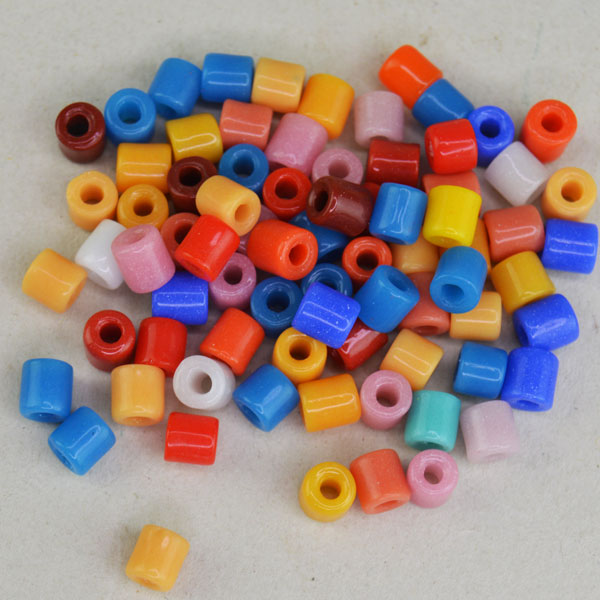Quality Native American Craft Supplies & More!
Featured Products
-

Pottery Eastern Woodlands
$225.00 Add to cart -

Turban Bear Fur
$350.00 Add to cart -

Ear Wheels Trade Silver
$59.95 Select options This product has multiple variants. The options may be chosen on the product page -

Catlinite – Pipestone Blocks
$9.95 – $115.95 Select options This product has multiple variants. The options may be chosen on the product page
On Sale Now!
-

Basket Penobscot Style with Twists – 20% Off!
Sale! Original price was: $150.00.$120.00Current price is: $120.00. Add to cart -

Tile Beads Mini – 20% Off!
Sale! Original price was: $7.00.$5.60Current price is: $5.60. Add to cart -

Pendant Large Stamped Cross – Half Price!
Sale! Original price was: $150.00.$75.00Current price is: $75.00. Add to cart -

Jingle Dancer – 30% Off
Sale! Original price was: $19.99.$13.99Current price is: $13.99. Add to cart
Latest Products
Best Sellers
-

Economy Plastic Eagle Talons and Bear Claws
$2.95 – $265.00 Select options This product has multiple variants. The options may be chosen on the product page -

Glass Seed Beads Hanks 10/0 to 13/0
$3.75 – $6.95 Select options This product has multiple variants. The options may be chosen on the product page -

Smudge Sticks
$2.95 – $9.95 Select options This product has multiple variants. The options may be chosen on the product page -

Sweetgrass Braids
$11.95 – $14.95 Select options This product has multiple variants. The options may be chosen on the product page









